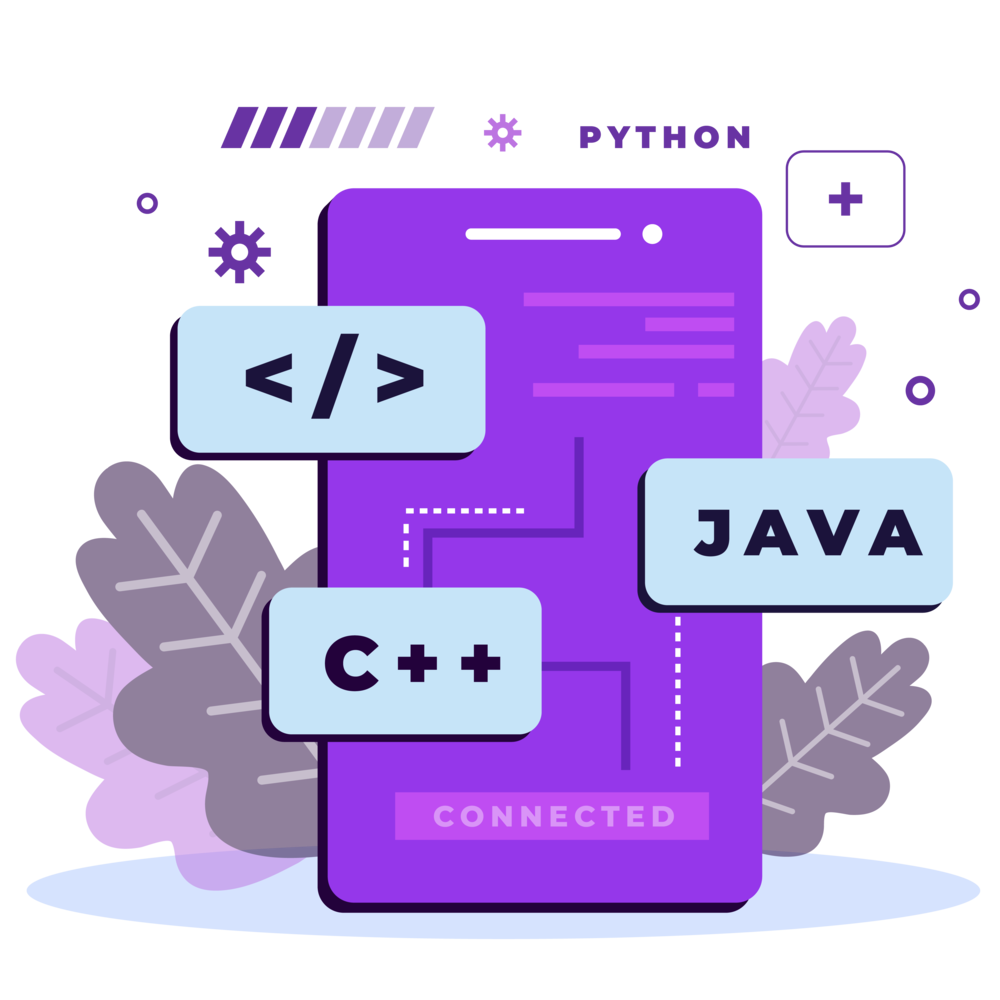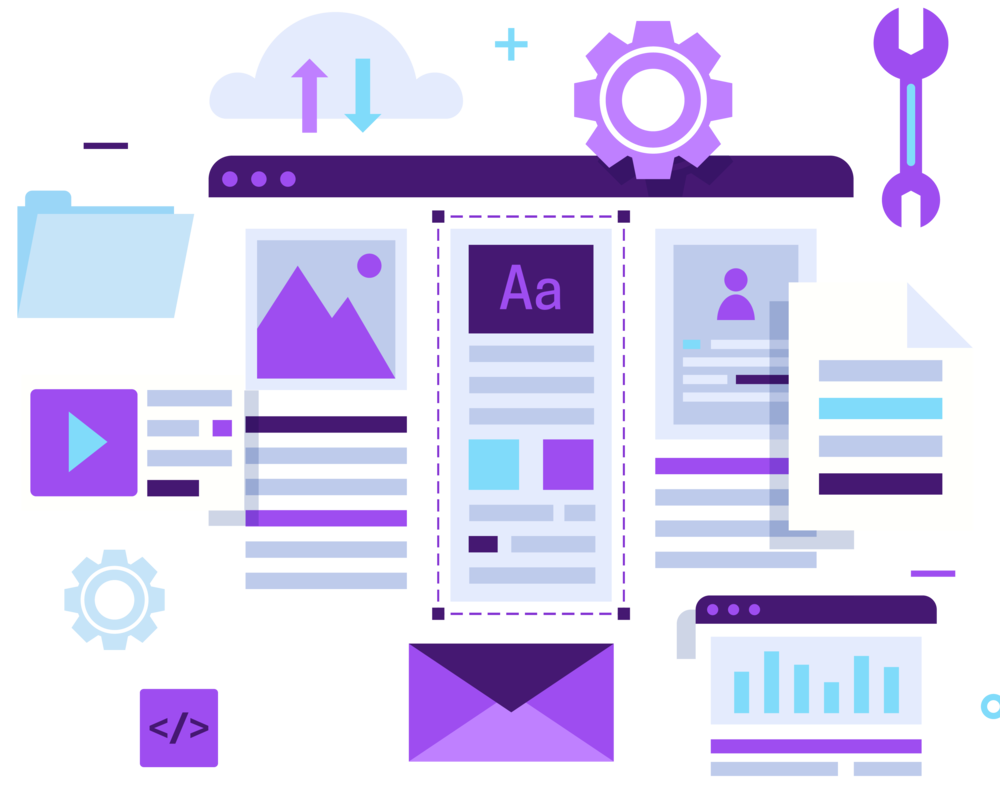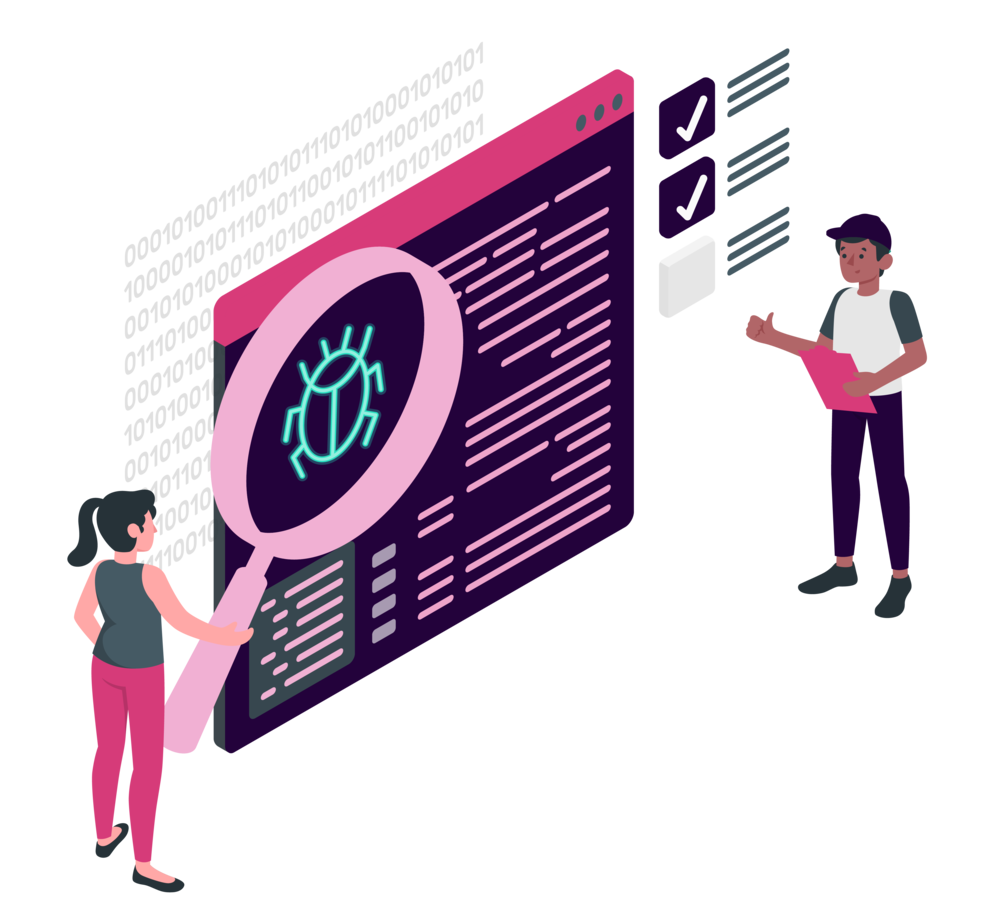20 Agile Software Development Best Practices That You Shouldn't Miss!
Agile has transformed the way we create software, offering a more flexible and customer-centric approach. In this blog post, we will explore 20 Agile software development best practices that have revolutionized the industry. These practices have been proven to enhance productivity, increase product quality, and ensure customer satisfaction. Let's dive into each one of them!
Practice #1: Customer Collaboration
Customer collaboration is a core value of Agile software development. It is essential to involve customers or stakeholders throughout the development process to gather feedback, prioritize features, and ensure that the product meets their needs. There are a number of ways to achieve customer collaboration, such as:
- Regular meetings and demos: Schedule regular meetings with customers to get their feedback on the product and discuss their priorities. Hold demos at the end of each iteration to show customers the progress that has been made and get their input on the next iteration.
- Customer surveys and feedback forms: Use surveys and feedback forms to gather feedback from customers on the product and their needs.
- Customer advisory boards: Create a customer advisory board consisting of a small group of key customers. Meet with the board regularly to get their feedback on the product and discuss their priorities.
Agile tips:
- Schedule regular customer meetings but keep them focused and concise.
- Actively listen to customer feedback and ensure it's integrated into development.
- Use feedback forms and surveys that are simple and user-friendly.

Practice #2: Iterative Development
Agile software development is based on an iterative approach. This means that the project is broken down into small, manageable increments or iterations, with each iteration resulting in a potentially shippable product increment. This allows the team to get feedback from customers early and often, and to make changes to the product as needed.
Agile tips:
- Set clear goals for each iteration to maintain a sense of direction.
- Prioritize backlog items effectively to ensure the most valuable features are tackled first.
- Embrace change during iterations but maintain a stable development environment.
Practice #3: Cross-Functional Teams
Agile teams are cross-functional, meaning that they include members with a variety of skills (developers, testers, designers, etc.). This allows the team to work collaboratively on all aspects of the product, from development to testing to deployment. Cross-functional teams also help to reduce bottlenecks and improve communication.
Agile tips:
- Foster a culture of collaboration and knowledge-sharing among team members.
- Encourage team members to expand their skill sets and take on new roles if needed.
- Use tools and communication channels that facilitate cross-functional collaboration.
Practice #4: User Stories
User stories are used to define features and requirements from the user's perspective. They are typically written in the following format:
As a [user role], I want to [do something] so that I can [achieve a goal].
User stories help to ensure that the team is focused on developing features that are valuable to users.
Agile tips:
- Keep user stories simple and concise to avoid ambiguity.
- Involve users in writing or reviewing user stories for accuracy.
- Use personas to create more relatable and user-focused stories.
Practice #5: Prioritization
It is important to continuously prioritize features and tasks based on customer feedback, business value, and changing requirements. This can be done using a variety of techniques, such as:
- Customer value matrix: Prioritize features based on their perceived value to customers and the cost of developing them.
- MoSCoW prioritization: Prioritize features based on whether they are Must have, Should have, Could have, or Would like to have.
- Risk prioritization: Prioritize features based on the risk of not developing them.
Agile tips:
- Involve stakeholders in the prioritization process to align with business goals.
- Revisit priorities regularly as customer needs and market conditions change.
- Keep a clear record of prioritization decisions for transparency.
Practice #6: Sprint Planning
Sprints are fixed timeframes (usually 2-4 weeks) during which the team works on a specific set of features or tasks. At the beginning of each sprint, the team holds a sprint planning meeting to define what will be delivered in the sprint and to set realistic goals.
Agile tips:
- Involve the whole team in sprint planning to ensure collective ownership.
- Allocate time for backlog grooming before sprint planning meetings.
- Focus on defining "Done" criteria for each sprint backlog item.
Practice #7: Daily Standup Meetings
Daily standup meetings are short (15-20 minutes) meetings held each day where team members share progress, discuss challenges, and coordinate efforts. This helps to keep the team aligned and on track.
Agile tips:
- Stick to the three main questions (What did you do yesterday? What will you do today? Are there any obstacles?).
- Ensure the meeting remains time-boxed and doesn't turn into problem-solving sessions.
- Use a physical or digital board to visualize progress.

Practice #8: Continuous Integration and Delivery (CI/CD)
CI/CD is a set of practices that automate the build, test, and deployment processes. This helps to ensure that code changes are continuously integrated and ready for release. CI/CD can help to improve the quality of software and reduce the time it takes to release new features.
Agile tips:
- Invest in robust testing automation to catch issues early in the development cycle.
- Implement a code review process to maintain code quality.
- Create a clear path to deployment, making it easy to release new features.
Practice #9: Test-Driven Development (TDD)
TDD is a software development practice in which tests are written before the code. This helps to ensure that the code meets the specified requirements and to catch defects early. TDD can help to improve the quality of software and reduce the time it takes to develop and debug software.
Want to learn more about Agile testing, refer to this blog:
Agile in software testing
Agile tips:
- Start with simple tests and gradually increase complexity.
- Refactor code as necessary to maintain readability and simplicity.
- Encourage developers to pair up for TDD to enhance collaboration.
Practice #10: Refactoring
Refactoring is the process of improving the design of existing code without changing its functionality. This helps to maintain code quality and reduce technical debt. Refactoring should be done regularly to keep the codebase clean and maintainable.
Agile tips:
- Set aside time in each sprint for refactoring tasks.
- Maintain a "Definition of Done" that includes code quality standards.
- Keep documentation up to date after refactoring.
Practice #11: Retrospectives
Retrospectives are held at the end of each sprint to reflect on what went well, what could be improved, and to make adjustments accordingly. This helps the team to learn and improve over time.
Agile tips:
- Use retrospective techniques that encourage open and honest feedback.
- Assign action items and follow up on them in the next sprint.
- Rotate the role of the facilitator to get different perspectives.
Practice #12: Transparency
It is important to keep stakeholders informed about project progress, impediments, and changes. This can be done through tools like burndown charts, task boards, and regular updates. Transparency helps to build trust and confidence with stakeholders.
Agile tips:
- Provide stakeholders with easy access to relevant project information.
- Use visual tools like burndown charts and task boards to enhance transparency.
- Communicate both successes and challenges openly.
Practice #13: Adaptability
Agile teams are able to embrace change and adjust plans and priorities based on new information or evolving requirements. This is essential in today's fast-paced business environment.
Agile tips:
- Embrace change as a natural part of Agile development.
- Encourage team members to share new insights and ideas for improvement.
- Conduct regular risk assessments to identify potential areas of change.
Practice #14: Working Software as a Measure of Progress
In Agile software development, working software is the primary measure of progress. This means that the team is focused on delivering working features to customers as early and often as possible. This allows the team to get feedback from customers early and often, and to make changes to the product as needed.
Agile tips:
- Aim for small, frequent releases to gather feedback early.
- Maintain a stable and reliable build and deployment pipeline.
- Celebrate each successful release to boost team morale.

Practice #15: Customer Feedback
Customer feedback is essential to Agile software development. It helps the team to ensure that they are building a product that meets the needs of their customers. There are a number of ways to gather customer feedback, such as:
- Regular meetings and demos: Schedule regular meetings with customers to get their feedback on the product and discuss their priorities. Hold demos at the end of each iteration to show customers the progress that has been made and get their input on the next iteration.
- Customer surveys and feedback forms: Use surveys and feedback forms to gather feedback from customers on the product and their needs.
- Customer advisory boards: Create a customer advisory board consisting of a small group of key customers. Meet with the board regularly to get their feedback on the product and discuss their priorities.
Agile tips:
- Engage in active dialogue with customers during feedback sessions.
- Use feedback to drive incremental improvements in each iteration.
- Show appreciation for customer input and involve them in decision-making.
Practice #16: Minimal Viable Product (MVP)
An MVP is a product with the minimum set of features that deliver value to customers. The MVP is used to get feedback from customers early and often, and to make changes to the product as needed. Once the MVP is released, the team can start adding new features and functionality based on customer feedback.
Agile tips:
- Focus on delivering the minimum necessary features to validate your product concept.
- Gather feedback from MVP users as soon as possible to guide further development.
- Keep the MVP scope minimal to avoid feature creep.
Practice #17: Collecting and Using Metrics
It is important to track relevant metrics such as velocity, cycle time, and defect rates to identify areas for improvement. Velocity is the amount of work that the team can complete in a given timeframe. Cycle time is the amount of time it takes to complete a task. Defect rates are the percentage of tasks that contain defects. Tracking these metrics can help the team to identify areas where they can improve their efficiency and effectiveness.
It's also important to check your Agile team’s maturity level by following this article:
How to assess the Agile maturity level of a company?
Agile tips:
- Select metrics that align with your project goals and objectives.
- Analyze trends in metrics over time to identify patterns and areas for improvement.
- Use metrics as a starting point for discussions during retrospectives.
Practice #18: Limit Work in Progress (WIP)
WIP is the number of tasks that are currently being worked on. It is important to limit WIP to avoid overloading team members and to improve focus and flow. A good rule of thumb is to limit WIP to 3-5 tasks per team member.
Agile tips:
- Use visual indicators like WIP limits on your task board to signal when limits are reached.
- Encourage team members to help each other when bottlenecks occur.
- Review WIP limits periodically to adjust them based on team capacity.
Practice #19: Empowerment
Agile teams are self-organizing and empowered to make decisions. This means that the team is not reliant on a manager or project lead to tell them what to do. The team is responsible for planning their own work and for delivering the results.
Agile tips:
- Foster a culture of trust, allowing team members to make decisions within their expertise.
- Encourage self-organization and let teams choose their own methods and tools.
- Provide guidance and support rather than strict directives.
Practice #20: Continuous Learning
Continuous learning is essential for Agile teams. The team should be constantly looking for ways to improve their skills and knowledge. This can be done through training, knowledge sharing, and mentorship.
Agile tips:
- Allocate time for learning and skill development in each sprint.
- Promote knowledge sharing through pair programming, mentorship, and team workshops.
- Encourage team members to attend relevant conferences and training sessions.

Final Thought
Agile software development is a set of principles and practices that focus on delivering high-quality software in a timely and iterative manner. It is a customer-centric approach that involves close collaboration between the development team and the customer throughout the development process. Agile teams are self-organizing and empowered to make decisions, and they are constantly learning and improving.
If you are looking for a trusted IT partner, VNEXT Global is the ideal choice. With 14+ years of experience, we surely can help you to optimize your business digitalization within a small budget and short time. Currently, we have 400+ IT consultants and developers in Mobile App, Web App, System Development, Blockchain Development and Testing Services. We have provided solutions to 600+ projects in several industries for clients worldwide. We are willing to become a companion on your way to success. Please tell us when is convenient for you to have an online meeting to discuss this further. Have a nice day!












